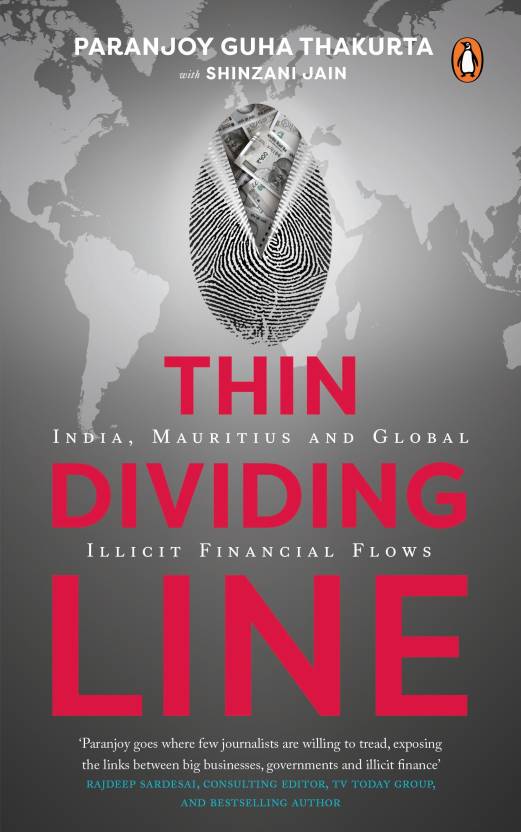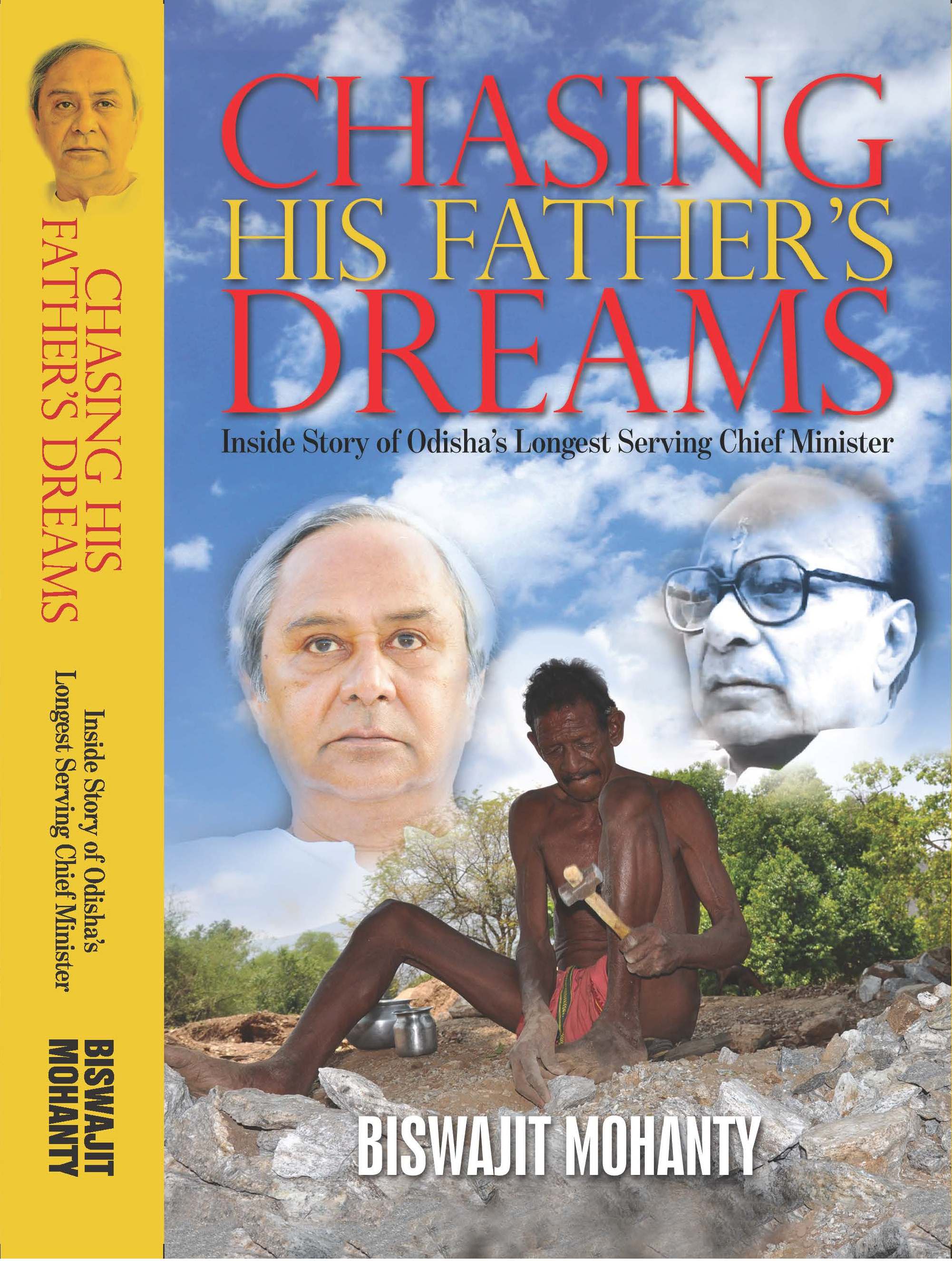The word “anarchy” means different things to different people. It is believed that the word originated from the ancient Greek word anarchia which literally means “absence of a leader”. As a political expression, anarchy can imply two diametrically opposite points of view, one positive and the other negative. Many American political scientists and philosophers suggest that anarchy is a state of society without publicly-enforced rule of law in the form of a government that has a mandate to govern from the people it is supposed to represent. In other words, anarchy signifies disorder and lawlessness.
Outside the United States, however, a far more benign interpretation is given to the term. Individuals who call themselves anarchists argue in favour of systems of governance that do away with coercion or forceful implementation of legal statutes. Thus, it is contended, anarchism can ensure the presence of a harmonious social order since the state is supposed to be inherently immoral. Anarchists support stateless, non-hierarchical, voluntary social and political organisations – some of them completely reject all political philosophies, ideologies, institutions and representatives of authority. The problem is that there are very few societies – if any – where such ideal notions of autonomy, cooperation, decentralisation, mutual aid, voluntary association and common ownership prevail. Consequently, the American notion of anarchy has come to dominate popular discourse and the word is almost always used these days with a negative connotation.
Is India right now in a state of anarchy? The answer to this question would be firmly in the affirmative. There is indeed a government in New Delhi that is about to complete three out of its full term of five years. But many would claim that the second United Progressive Alliance coalition government led by the Indian National Congress and headed by Prime Minister Manmohan Singh is currently in a state of atrophy, that it is rudderless, leaderless, pulling in different directions and unable to provide governance of any kind, leave alone effective, decisive governance. Th e government’s critics contend that it is not merely incompetent but incapable of ruling the country at this stage. They add that the ruling coalition is biding its time till the next general elections, scheduled for April 2014 (but could take place earlier).
Government spokespersons will predictably disagree with this analysis of the present state of affairs. They will say that the political opponents of the Congress and the UPA on the Right as well as the Left are in a state of disarray, that the ruling dispensation is doing its best under the circumstances, given the compulsions of coalition politics – especially with troublesome allies like the mercurial Mamata Banerjee. Supporters of the Congress will further argue that India’s grand old party was never a monolithic organisation, that it has always been faction-ridden, often pulled apart by conflicting ideologies and that even the government headed by the country’s fi rst Prime Minister Jawaharlal Nehru was plagued by internal dissension.
Dr Singh may be the first Prime Minister after Pandit Nehru who returned to head the government after completing a full term of five years. However, historians of contemporary Indian history will point out that Pandit Nehru’s Cabinet was packed with powerful ministers (such as Sardar Vallabhbhai Patel) and that the Congress boasted of tall leaders in provinces (such as Atulya Ghosh, K. Kamaraj and D.P. Mishra) those days. Such influential leaders are conspicuous by their absence today, in New Delhi as well as in state capitals.
What happened six decades ago and what is happening currently are not comparable. Th e arrangement that seemed to have worked well in the first UPA government – Sonia Gandhi as the leader of the Congress party and Dr Singh as the head of the government – appears less effective now. The UPA Chairperson’s health is not as it used to be. More importantly, the ability of her son (who will turn 42 in a few months) to lead the Congress is being questioned after the outcome of the Uttar Pradesh assembly elections. Singh was never perceived as particularly assertive. His ministers have been given autonomy to function, but many of them seem to be pulling in different directions.
To be fair, the Congress is not the only political party in a state of internal turmoil. The question of who will succeed L.K. Advani as the leader of the BJP remains unresolved. Prakash Karat may have got himself a few more years to lead the CPI (M), but the Left as a whole is yet to recover from its ignominious electoral defeat in West Bengal in May 2011. The vacuum in India’s politics is being sought to be filled up by proactive sections of civil society, the judiciary and the media. But this is happening in an ad hoc, unplanned and chaotic manner, which is why the country appears to be going through a phase of anarchy.
Institutions are under attack, be it the defence establishment or organisations like the office of the Comptroller & Auditor General (CAG) of India. Like the Rajiv Gandhi government attacked the CAG on account of the Bofors scandal, this government has done more than its share to trash the CAG’s findings on the spectrum scam, on the manner in which the Ministry of Petroleum & Natural Gas framed a production sharing contract with Reliance Industries on extracting natural gas from the Krishna-Godavari basin, and on the way in which coal blocks were awarded to private corporate entities, among other scams.
In the case of the CAG, the government has tried to shoot the messenger. Despite claims to the contrary, few believe the government wants to impart greater transparency to systems of governance to curb corruption. The powers-that-be have steadfastly refused to empower the Central Vigilance Commission and ignored its advice on prosecuting hundreds of corrupt civil servants and officers of public sector undertakings. The LokPal bill is in limbo. No section of Indian society has been spared the cancerous ravages of corruption – including the military, the media and the judiciary.
Systems and institutions that are responsible for not upholding democracy are in disorder. A recent article in the Indian Express on how the military allegedly “spooked” the government, despite not using the “c” word, aroused extremely negative reactions in many. The episode spurred about of media bashing at a time when the Supreme Court is examining whether there is a need for a set of guidelines on how journalists should report what is supposed to be sub judice.
Time alone will tell whether order would come out of the chaos we are witnessing, whether the free-for-all situation prevailing at present in the “soft state” that is India will prevail, and for how long.


